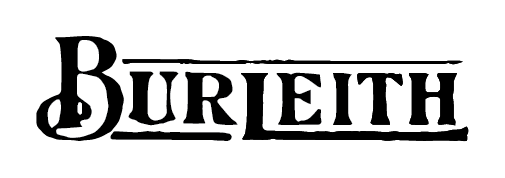Sustainable DC 2.0
/By Francine Steininger, solar@burleith.org
What is that, you might ask? You may not know it, but DC has embarked on an ambitious plan to become the healthiest, greenest, and most livable city in the United States. A joint effort of the DC Department of Energy & Environment, DC Office of Planning, and the Mayor’s Office, the Sustainable DC plan was initiated in 2011 and launched in 2013. After five years of action, successes, and lessons learned, the city is getting ready to launch round two in the spring of 2018.
download the 2017 report.
Since April of this year, DOEE has been actively gathering information through a variety of means to determine where to focus its efforts for Sustainable DC 2.0 (SDC 2.0) and how to better engage DC residents in the planning process. As part of this effort, DOEE hosted a city-wide working group kick-off meeting at five different locations open to the public on October 18. I attended the meeting at the Franklin D. Reeves Center and came away very impressed by the SDC team and inspired to get involved.
At the meeting DOEE presented results of a city-wide opinion survey and focus groups. The results indicated there was a high interest in a cleaner, greener, and more sustainable city (68% thought sustainability was very important), but low awareness of this program (80% either never heard about it or knew very little about it). (The full presentation, including results, and panel discussion are posted on the the Sustainable DC Facebook page.)
Now is the time to get involved if you'd like to be part of the planning. There are seven working groups you can volunteer to work on, or volunteer to lead:
- Energy, Climate & Built Environment
- Nature and Water
- Waste
- Transportation
- Health & Food
- Equity & People
- Jobs, Economy & Education
Working groups will be meeting in November and December. Consultants will analyze the results and prepare a draft plan by the end of March 2018. The public will have a chance to comment in April, May, and June. To make your views known to the team now, take the online survey; if you're ready to sign up to take part in a working group, you can do that here.
In the meantime, here are some cool pieces of information you can get from the Sustainable DC website:
- ReThread DC, a textile recycling initiative with “Donate and Repair” resources.
- RiverSmart Homes program, which subsidizes up to $1,200 for landscaping that reduces storm water runoff.
- Innovative sustainability projects funded by the city (including smart [green] roofs, parklets, a native plant nursery, water-saving splash pad, outdoor classrooms), sustainability award winners, and legislation to support sustainability in DC.
While you're at it, check out DC’s ZeroWaste.dc.gov, where there are tips to reduce, reuse, and recycle, including Recycling Fact Sheets, Signs and Guides and a map of locations for battery recycling.
DC is getting very active in promoting sustainable city living. Let’s get on that train!
Tip of the Quarter: Try “shopping” on CraigsList, FreeCycle, TrashNothing, or even via the Burleith listserv, before buying something brand new. You can also find new homes for the items you no longer need on these sites instead of adding to landfill. Doing so will reduce the consumption of resources involved in manufacturing new products, and the waste involved in packaging, marketing, and transporting those products. The U.S. generates more waste than any other country in the world, recycles far less than other developed nations, and wastes half of its food, more than half of our energy through inefficiency, three-quarters of our fuel in gas guzzlers, 95% of water in our homes, and at least $11.4 billion in recyclables. To read more, visit Reduce Waste—Everything Connects.
Related Reading
- Sustainable DC 2017 (April 21, 2017)
- Take 10: Sustainable DC (April 22, 2016)



